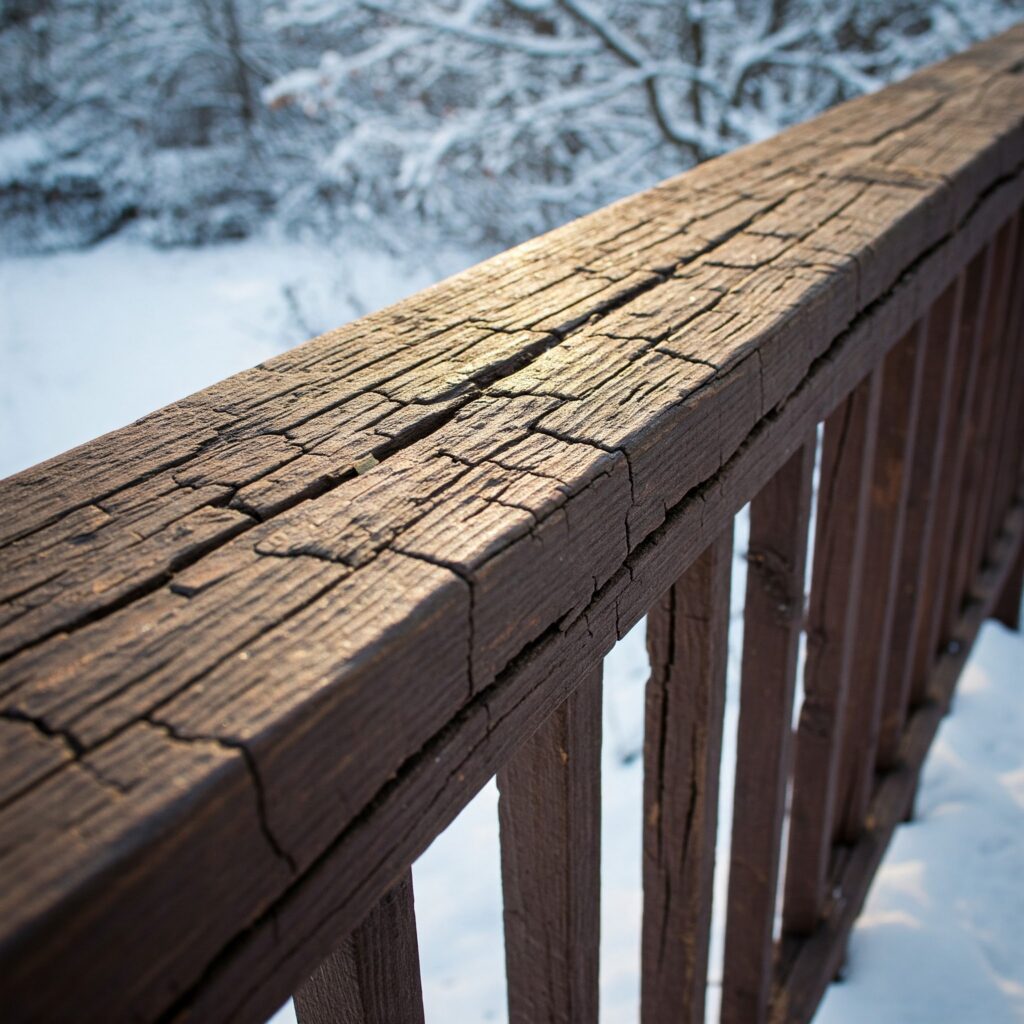Stair Info
Climate Considerations for Wood Staircase Installation
Wood, the material of choice for many interior staircases, possesses a unique characteristic: it interacts dynamically with the surrounding environment. This hygroscopic nature, the ability to absorb and release moisture, significantly influences the wood’s dimensions and stability. Therefore, understanding and accounting for environmental conditions during staircase installation is crucial for long-term performance and aesthetic appeal. Failure to do so can lead to a host of problems, from unsightly gaps and squeaking joints to more serious structural issues like warping and cracking.
- Wood is hygroscopic, meaning it absorbs and releases moisture.
- This impacts the wood’s dimensions and stability.
- Understanding environmental conditions is crucial for successful installation.
- Ignoring these factors can lead to various problems, including gaps, squeaks, warping, and cracking.
The primary environmental factor to consider is relative humidity. Wood equilibrates with the moisture content of the surrounding air. In environments with high relative humidity, wood absorbs moisture, causing it to expand. Conversely, in dry environments, wood releases moisture and contracts. These dimensional changes, while often subtle, can become significant, especially in larger staircase components like treads and risers. Installing wood during a period of high humidity, for example, can result in shrinkage and gaps appearing as the wood dries and contracts in a drier season. The opposite scenario, installing in a dry environment, can lead to buckling or cupping as the wood expands during periods of higher humidity.
- Relative humidity is the most important environmental factor.
- Wood expands in high humidity and contracts in low humidity.
- Dimensional changes can be significant, especially in larger components.
- Installing in high humidity can lead to gaps later.
- Installing in low humidity can lead to buckling or cupping later.
Temperature also plays a role, albeit a less direct one. While temperature itself doesn’t directly alter the wood’s moisture content as dramatically as humidity, it influences the rate at which wood absorbs or releases moisture. Higher temperatures accelerate the moisture exchange process, meaning wood will reach equilibrium with the surrounding humidity faster. This can be a crucial consideration during acclimation. A cold environment can slow the acclimation process significantly, requiring more time for the wood to reach a stable moisture content.
- Temperature influences the rate of moisture exchange.
- Higher temperatures accelerate moisture exchange.
- Cold temperatures slow the acclimation process.
- Temperature is less direct than humidity in affecting moisture content.
Acclimation, the process of allowing wood to adjust to the environment where it will be installed, is paramount. This involves storing the staircase components in the room or area where they will be installed for a sufficient period, typically several days to a week, before beginning the installation. This allows the wood to reach a moisture content that is closer to the average conditions of its final environment, minimizing the dimensional changes that will occur after installation. The duration of acclimation depends on the wood species, the initial moisture content of the wood, and the difference between the wood’s initial moisture content and the equilibrium moisture content of the installation environment. Monitoring the wood’s moisture content with a moisture meter can provide a more objective measure of when acclimation is complete.
- Acclimation is essential for minimizing post-installation dimensional changes.
- It involves storing wood in the installation environment for several days to a week.
- Acclimation duration depends on wood species, initial moisture content, and the difference between initial and equilibrium moisture content.
- Moisture meters can be used to objectively measure acclimation progress.
Beyond acclimation, careful consideration of the installation techniques is essential. Using appropriate adhesives and fasteners designed for wood and capable of accommodating some degree of movement is crucial. For instance, flexible wood adhesives can allow for minor expansion and contraction without causing stress cracks. Similarly, ensuring proper spacing between staircase components can allow for some movement without creating pressure points. Finally, sealing or finishing the wood after installation can help regulate moisture absorption and loss, further enhancing the stability of the staircase. The type of finish and the number of coats applied will influence the degree of moisture control. A more robust finish will provide better protection against moisture fluctuations.
- Appropriate installation techniques are also crucial.
- Use adhesives and fasteners designed for wood and movement.
- Proper spacing between components allows for movement.
- Sealing or finishing helps regulate moisture absorption and loss.
- A robust finish provides better moisture control.
In conclusion, achieving a successful and long-lasting interior wood staircase installation requires a thorough understanding of the interplay between wood and its environment. By carefully considering factors like relative humidity, temperature, and acclimation, and by employing appropriate installation techniques, builders and homeowners can mitigate the risks associated with wood’s natural movement and ensure the beauty and structural integrity of their staircases for years to come.
- Successful installations require understanding the relationship between wood and environment.
- Consider humidity, temperature, and acclimation.
- Use appropriate installation techniques.
- These steps mitigate risks associated with wood movement.
- The goal is to ensure long-lasting beauty and structural integrity.

